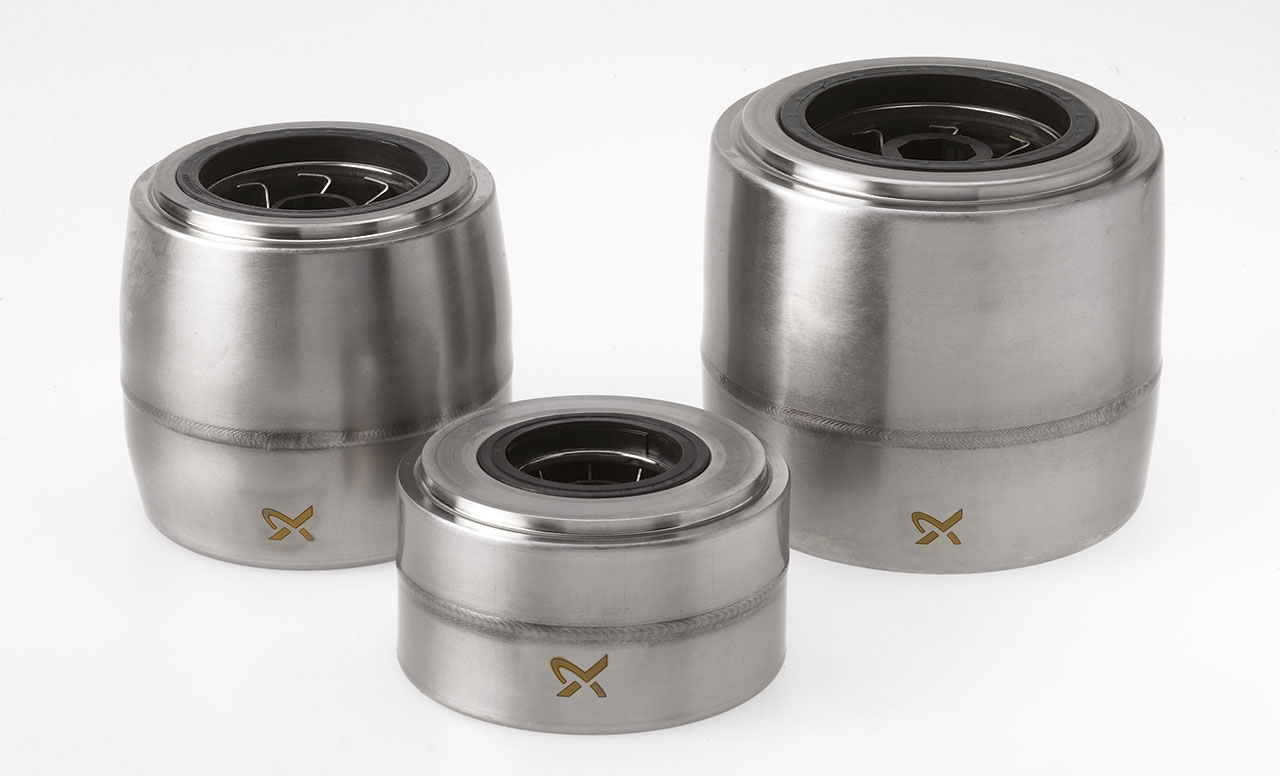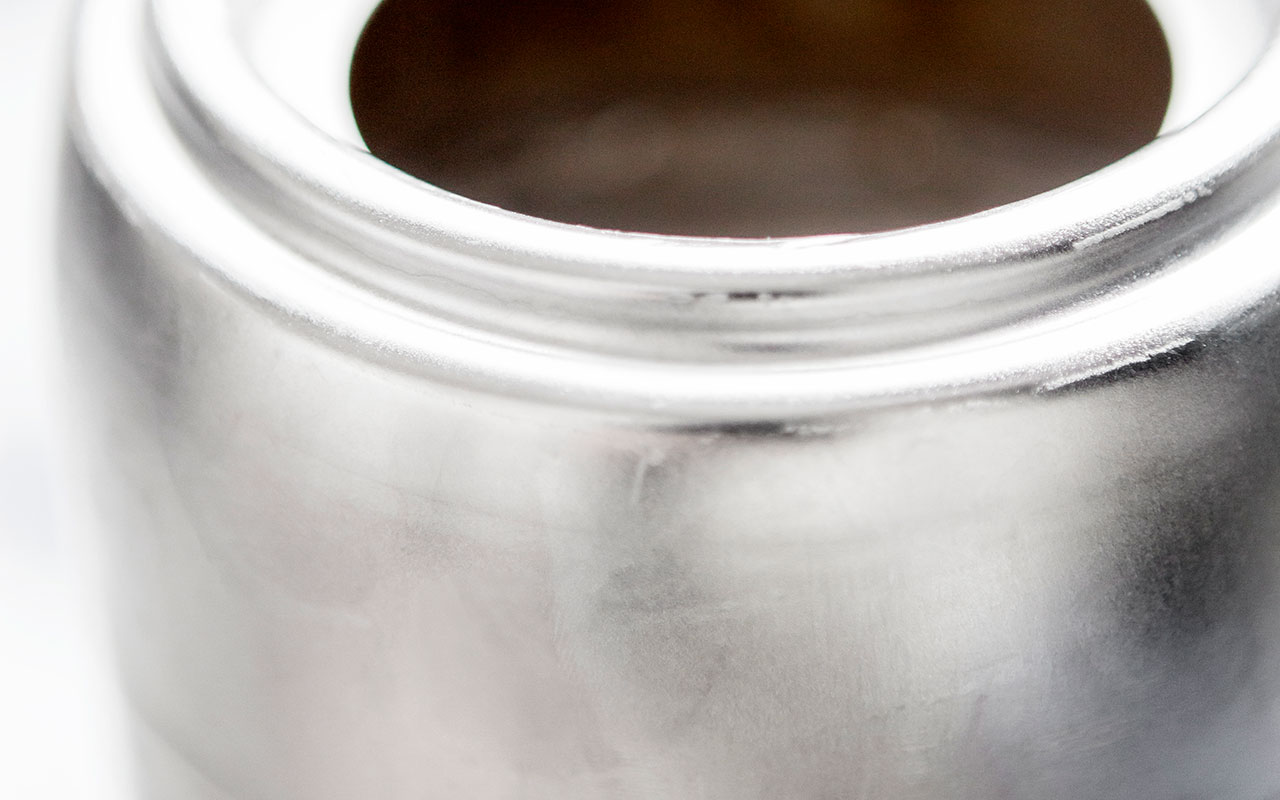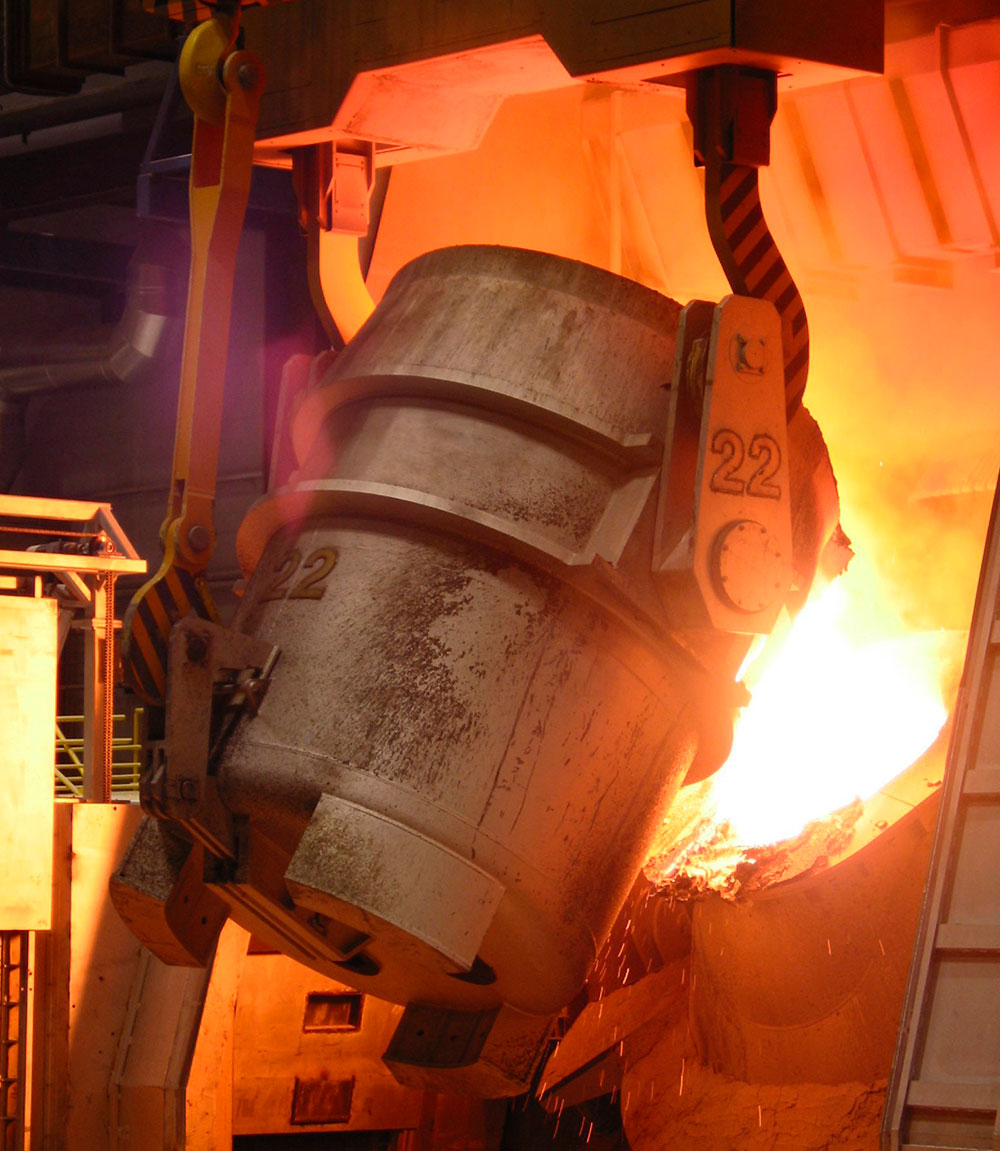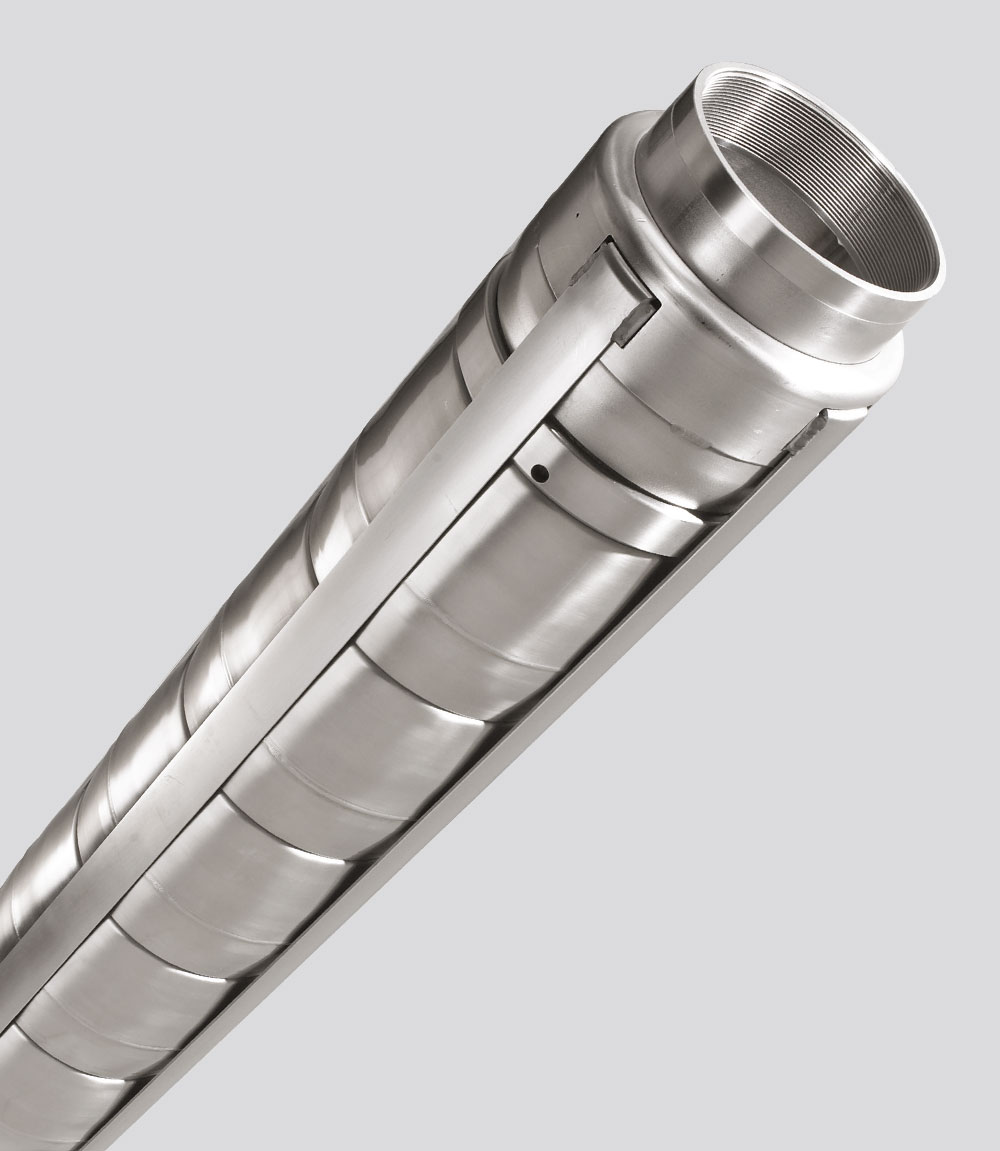The wide selection of stainless steel is a result of being able to offer just the right steel for a particular purpose. That is also why new grades are constantly developed – so that they serve very specific needs.
The behavior of stainless steel depends, for example, on microstructure and alloying elements of the steel. As in life, when specific qualities are obtained, some remain left out – and we end up settling for the best possible compromise. But when research and development brings a new quality to the market to complete the already attained ones, another height is reached. This is what happened with two Forta duplex grades.
New door opens
Duplex stainless steels are known for their corrosion resistance and strength that enables thinner structures, which results in weight reduction. This opens up new perspectives for many applications. In 2013, Outokumpu launched two new grades, Forta FDX 25 and Forta FDX 27. In addition to duplex assets, these duplex grades are more formable. Those manufacturers, whose applications would have benefitted from the duplex characteristics, but could not have used it because of its formability limitations, could now release completely new possibilities.
“The characteristics of the Forta FDX grades serve for instance flexible pipes, water tanks and plate heat exchangers, which operate in harsh, corrosive conditions,” says Erik Schedin, Manager of design and fabrication at Avesta Research Center of Outokumpu. Other demanding industries showed rapid interest towards the innovation. Among these was pump manufacturer Grundfos, who would benefit from a solution that combines the familiar formability of austenitic steel grades with the strength and durability of duplex grades.

Properties of FDX increase the overall durability of pumps, reduce the need for maintenance and offer greater freedom for technical design.

Challenging surroundings
The operating environment of submersible pumps is stressed by pressure, temperature, wear and corrosion risk. Important applications for such pumps include groundwater intake, irrigation systems, the dewatering of mines and construction sites, fish farm facilities, fountains and offshore installations. “The desirable properties of Forta FDX 25 and 27 include high tensile and ductile strength, and excellent resistance to stress, wear, fatigue and corrosion – properties that increase the overall durability and service life of pumps and reduce the need for maintenance. Because of the exceptional formability, the use of duplex could be expanded into challenging new applications like pump casings,” Schedin explains. In many respects, pump chambers, which are manufactured through a complex forming process involving multiple steps, presented Outokumpu with the ultimate test of the material formability of the new grades.
Collaborative studies
Several collaborative tests were carried out by Outokumpu and Grundfos. The repeatability and reliability of the manufacturing process was thoroughly tried and tested on mass volume manufacturing tools originally designed for standard stainless grades. More than 150 units of carefully selected forming-intensive pump components were produced with promising outcome. “The tests we conducted with Grundfos successfully took the new Forta FDX grades out of the lab into the real world,” says Schedin. “Grundfos took the initiative, having clearly recognized the potential for improving their products. For us, it is rewarding to work with selected pilot customers, since it enables us to study the capabilities of the material, and gain a fuller understanding of how the material behaves in real manufacturing processes of different applications.”
Art of engineering
The unique combination of properties is due to the favorable microstructure and chemical composition of Forta FDX grades. “The ductility of the new grades is particularly attributable to a phenomenon known as the TRIP effect, standing for Transformation Induced Plasticity. The TRIP effect is achieved by using a cold forming method that enhances the strength and formability of the steel. Before we came up with Forta FDX, this TRIP effect had never been successfully realized in duplex grades,” notes Schedin. He is convinced that positive findings like those from the tests jointly carried out by Outokumpu and Grundfos will enable manufacturers to develop pumps that can reliably withstand harsher operating conditions. “Another benefit of using high strength material like Forta FDX is that it gives manufacturers an opportunity to downgauge the dimensions of steel components, and produce light-weight pumps that can save on both material and space,” Schedin explains. This option to downgauge results in considerable cost savings, as well as greater freedom for technical design. With Forta FDX grades, the high level of corrosion resistance is achieved with low nickel content, that keeps the price less volatile. With all these characteristics, Forta FDX grades create fascinating prospects.
When research and development is able to bring a new quality to complete the attained ones, another height is reached.

The ductility of Forta FDX grades is attributable to a phenomenon known as the TRIP effect, which had never been successfully realized in duplex grades before.

The characteristics of the Forta FDX grades serve for instance flexible pipes, water tanks and plate heat exchangers, which operate in harsh conditions.
